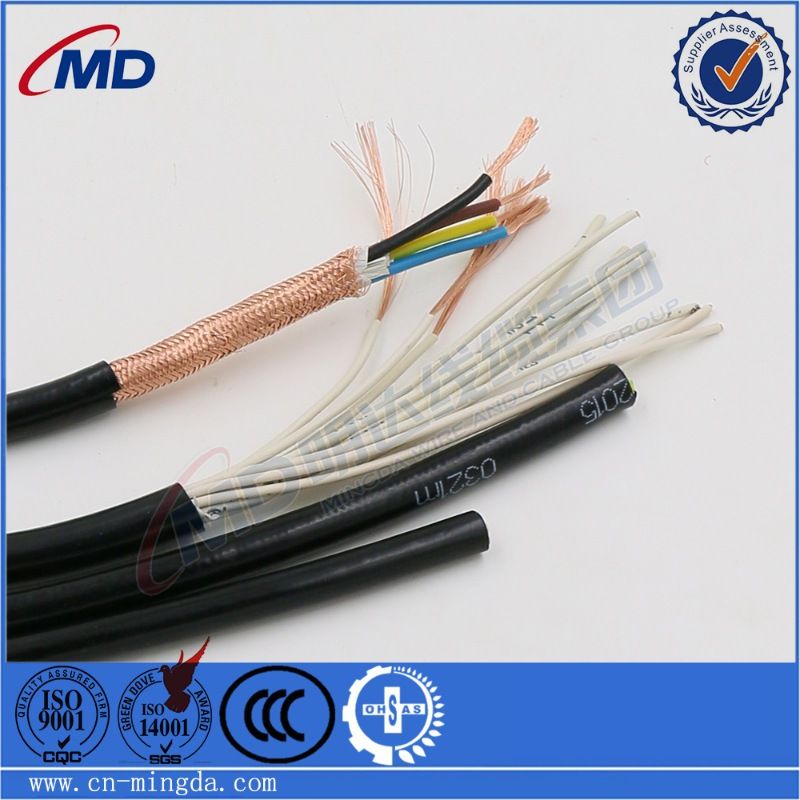10 月 . 01, 2024 14:52 Back to list
Exploring the Functionality and Benefits of Four-Way Ball Valves in Fluid Control Systems
Understanding the 4-Way Ball Valve Functionality and Applications
A 4-way ball valve is an essential component in various industrial applications, renowned for its versatility and robustness in controlling the flow of fluids. This type of valve features a spherical disc with four distinct ports that allow the diversion and regulation of flow in multiple directions. Understanding how a 4-way ball valve operates and its various applications can provide valuable insights into its significance in fluid control systems.
Design and Functionality
The core of a 4-way ball valve lies in its design, which consists of a hollow, perforated ball that rotates to manage fluid flow. Unlike the more common 2-way ball valves, which only allow flow in one or two direction options, the 4-way ball valve can redirect the flow between different pathways. This characteristic is particularly useful in systems requiring fluid to flow from multiple sources or to multiple destinations.
The valve operates by rotating the ball within its housing. By turning the handle or actuator connected to the valve, the orientation of the ball shifts, aligning the ports to allow for fluid input and output as desired. The ball typically has four ports two for fluid inlets and two for outlets. Depending on the position of the ball, the valve can facilitate mixing or diverting processes, making it an ideal choice for complex systems.
Applications
The versatility of 4-way ball valves makes them suitable for a variety of applications across industries, including
1. HVAC Systems In heating, ventilation, and air conditioning systems, 4-way ball valves are used to control the flow of refrigerants and water. They can manage the direction of flow for heating or cooling cycles, allowing for efficient temperature regulation in buildings.
4 way ball valve

2. Chemical Processing In chemical industries, controlling the flow of reactants and products is crucial. 4-way ball valves enable precise mixing of chemicals or the diversion of materials for further processing, ensuring operational efficiency and safety.
3. Pharmaceuticals The pharmaceutical industry requires stringent control over fluid handling to maintain product integrity. 4-way ball valves can effectively manage the complex flow paths necessary for drug production, providing reliable and hygienic operations.
4. Water Treatment Water treatment facilities often utilize 4-way ball valves to control the distribution of water through various treatment processes. This includes redirecting water flows during filtration, chlorination, and other purification stages.
5. Oil and Gas In the oil and gas sector, these valves are used in various applications, including pipeline routing and processing facilities. They help in managing the flow and safe distribution of oil and gas products.
Advantages
The use of 4-way ball valves comes with several benefits. Their simple design minimizes flow resistance, leading to efficient operations. They are also durable, capable of handling high pressures and temperatures, and are resistant to corrosion. Furthermore, the ability to conduct multiple functions with a single valve reduces the need for additional piping and components, which can lower installation and maintenance costs.
Conclusion
In summary, the 4-way ball valve is a pivotal component in modern fluid control systems. Its ability to manage and redirect flow in various industrial applications underscores its importance across several sectors, from HVAC to chemical processing. As industries continue to evolve, the demand for efficient and reliable flow control solutions will only increase, making the 4-way ball valve an indispensable asset in fluid management systems. Understanding its functionality, advantages, and applications facilitates better decision-making when it comes to implementing these valuable valves in various operational scenarios.
Share
-
Understanding the Differences Between Wafer Type Butterfly Valve and Lugged Butterfly ValveNewsOct.25,2024
-
The Efficiency of Wafer Type Butterfly Valve and Lugged Butterfly ValveNewsOct.25,2024
-
The Ultimate Guide to Industrial Swing Check Valve: Performance, Installation, and MaintenanceNewsOct.25,2024
-
Superior Performance with Industrial Swing Check Valve: The Essential Valve for Any SystemNewsOct.25,2024
-
Industrial Swing Check Valve: The Ideal Solution for Flow ControlNewsOct.25,2024
-
You Need to Know About Industrial Swing Check Valve: Functionality, Scope, and PerformanceNewsOct.25,2024